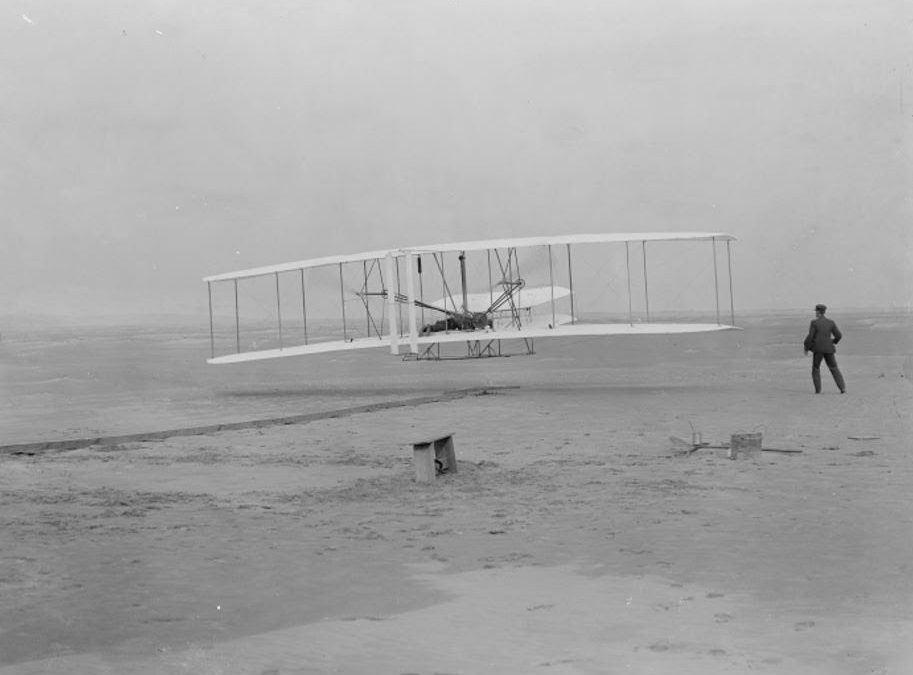In honor of National Aviation Day, Aug. 19, the public can purchase rides on one of the famous “Warbirds,” or World War II aircraft, the Avenger “Doris Mae.”
Culture & History
Family researcher discovers Bertie County ancestor’s secret
John Bunch of Tampa, who spoke Saturday at the 10th Family History and Genealogical Fair at Hope Plantation, found answers in his research that confirmed what his relatives had long denied.
David Stick was an example of the ideal coastal historian
David Stick, who literally wrote the book on Outer Banks history and founded the Outer Banks History Museum, represents an endangered species of local historians in the modern publishing world.
Hard times: Voices from the Great Depression on NC coast
Historian David Cecelski found interviews from the Great Depression from a seaman from Ocracoke, a country doctor from Lake Mattamuskeet, a Norwegian dredge boatman in Beaufort, a washerwoman in Elizabeth City and others.
Park Service to support Gullah Geechee corridor project
The National Park Service’s selection of a project to connect the Gullah Geechee Cultural Heritage Corridor with the East Coast Greenway in Brunswick County will bring national exposure, proponents say.
Marvin Jones’ Winton Triangle research a personal journey
Marvin Jones, Chowan Discovery Group executive director, has made it his life’s work to document the history of a northeastern North Carolina community of color.
For first time, Hatteras museum on track for state funding
For the first time since becoming a state museum, an appropriation of $4.2 million to implement an exhibit plan has been included in both the governor’s and the state Senate’s proposed budgets.
The other coup d’etat: Remembering New Bern in 1898
New Bern in 1898 could have easily experienced a coup similar to the massacre that took place in Wilmington the same year, writes North Carolina historian David Cecelski.
Historic Lighthouse Lens’ Odyssey Continues
The Cape Hatteras Lighthouse’s lens is now on display at the Graveyard of the Atlantic Museum, but its location was a mystery for more than a century.
Our Coast: Remembering a Church Bombing
David Cecelski shares his conversation with retired Trooper Bob Edwards, sole eyewitness to the 1966 bombing of an African American church in Craven County.
Marker to Note Ahoskie’s Civil Rights Legacy
The N.C. Civil Rights Trail program is set to place a highway marker at New Ahoskie Baptist Church in Ahoskie to celebrate members’ 1960s struggle for civil rights.
Edenton Architecture Preserves Black History
The craftsmanship of Robert Price, Hannibal Badham and other African American carpenters in late 19th, early 20th century Edenton embodies the vitality of the town’s Black community.
Edenton’s Harriet Jacobs Lifted Other Slaves
Harriet Jacobs’ 1861 autobiography reveals a woman’s life in enslavement, but after her years in hiding and escape to the North, she became an advocate for other African Americans.
Fans Show Love for Old Manteo Theater
A crowd-funding effort that nearly doubled its goal will help owner Buddy Creef reopen the century-old Pioneer Theater, where generations have watched countless screenings, including a few East Coast film premieres.
Burnside’s Miracle Happens in Hatteras Inlet
In the last of a three-part series, author Kevin Duffus writes about the “miracle” that saved Ambrose Burnside and his crew during the January 1862 Hatteras Expedition.
Burnside Faces Maelstrom of Hatteras Inlet
In the second of a three-part series, author Kevin Duffus writes about Ambrose Burnside and crew’s battle against natural forces during the January 1862 Hatteras Expedition.

















